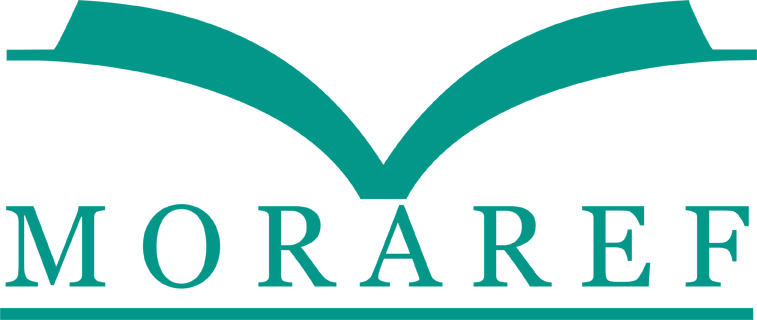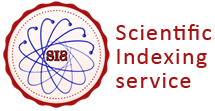The Influence of Polygonum Minus Huds on Bacteria to Acrylic Denture
Abstract
Keywords
Full Text:
PDFReferences
Kementrian Kesehatan Republik Indonesia, “Laporan Nasional Riset Kesehatan Dasar 2018,” pp. 1–582, 2018.
D. T. Mandagi, D. H. C. Pangemanan, and K. V Siagian, “Gambaran Denture Stomatitis Pada Pengguna Gigi Tiruan Di Kelurahan Winangun Satu Kecamatan Malalayang,” J. Ilm. Farm., vol. 5, no. 2, pp. 29–37, 2016, [Online]. Available: http://download.portalgaruda.org/article.php?article=377128&val=1015&title=ANGKA KEJADIAN STOMATITIS YANG DIDUGA SEBAGAI DENTURE STOMATITIS PADA PENGGUNA GIGI TIRUAN DI KELURAHAN BATU KOTA MANADO.
P. K. Wardani et al., “Faktor Risiko Terjadinya Karies Baru dengan Pendekatan Kariogram pada Pasien Anak di Klinik Kedokteran Gigi Anak RSGMP Prof. Soedomo Yogyakarta,” Majalah Kedokteran Gigi Indonesia, vol. 19, no. 2. p. 107, 2012, doi: 10.22146/majkedgiind.12700.
W. Meikawati, Sayono, and U. Nurullita, “Hubungan Konsumsi Kalsium dalam Makanan dan Minuman dengan Keparahan Karies Gigi pada Murid Kelas IV dan V SDN Mlati Kidul 1 dan 2 Kudus,” J. Litbang Univ. Muhammadiyah Semarang, pp. 15–21, 2015.
A. S. Riana Wardani, Cucu Zubaidah, “UJI BUFER SALIVA DAN STREPTOCOCCUS MUTANS PADA ANAK RESIKO TINGGI TERHADAP KARIES OKLUSAL.” Universitas Padjajaran, Bandung, 2016.
Syaiful, A. Jayuska, and Harlia, “Pengaruh waktu distilasi terhadap komponen minyak atsiri pada daun kesum (Polygonum minus Huds),” J. Kim. Khatulistiwa, vol. 4, no. 1, pp. 18–23, 2015.
A. & R. Wibowo, Anwari, “Skrinning fitokim- ia fraksi metanol, dietil eter, dan n-hek- sana ekstrak daun kesum (Polygonum minus).” Lembaga Penelitian Universitas Tanjungpura, Pontianak, 2008.
S. W. Qader, M. A. Abdulla, L. S. Chua, N. Najim, M. M. Zain, and S. Hamdan, “Antioxidant, total phenolic content and cytotoxicity evaluation of selected Malaysian plants,” Molecules, vol. 16, no. 4, pp. 3433–3443, 2011, doi: 10.3390/molecules16043433.
I. Lumbantoruan, “UJI AKTIVITAS ANTIBAKTERI INFUSA DAUN KESUM (Polygonum minus Huds.) TERHADAP Staphylococcus aureus,” Tanjungpura, 2013.
N. Desa, Misteri Alam, 1st ed. Malaysia: Buku Prima.
Tommy, “Naskah publikasi skripsi uji efek renoprotektif fraksi,” Pontianak, 2013. [Online]. Available: file:///C:/Users/User/Downloads/3596-11668-1-PB.pdf.
P. Vikram, K. K. Chiruvella, I. H. A. Ripain, and M. Arifullah, “A recent review on phytochemical constituents and medicinal properties of kesum (Polygonum minus Huds.),” Asian Pac. J. Trop. Biomed., vol. 4, no. 6, pp. 430–435, 2014, doi: 10.12980/APJTB.4.2014C1255.
R. Ahmad et al., “Polygonumins A, a newly isolated compound from the stem of Polygonum minus Huds with potential medicinal activities,” Sci. Rep., vol. 8, no. 1, pp. 1–15, 2018, doi: 10.1038/s41598-018-22485-5.
K. Caranza, Newman, Takei, Caranza, Clinical periodontogy, 11th ed. St Louis, Misori: Elsevier, 2012.
P. Christapher, S. Parasuraman, J. Christina, M. Z. Asmawi, and M. Vikneswaran, “Review on polygonum minus. Huds, a commonly used food additive in Southeast Asia,” Pharmacognosy Res., vol. 7, no. 1, pp. 1–6, 2015, doi: 10.4103/0974-8490.147125.
N. Aziman, N. Abdullah, Z. Mohd Noor, K. S. Zulkifli, and W. S. S. Wan Kamarudin, “Phytochemical constituents and in vitro bioactivity of ethanolic aromatic herb extracts,” Sains Malaysiana, vol. 41, no. 11, pp. 1437–1444, 2012.
A. Othman, N. J. Mukhtar, N. S. Ismail, and S. K. Chang, “Phenolics, flavonoids content and antioxidant activities of 4 Malaysian herbal plants,” Int. Food Res. J., vol. 21, no. 2, pp. 759–766, 2014.
DOI: https://doi.org/10.31983/jkg.v7i1.5777
Article Metrics
Refbacks
- There are currently no refbacks.
| View My Stats |











.png)


.png)
.png)








